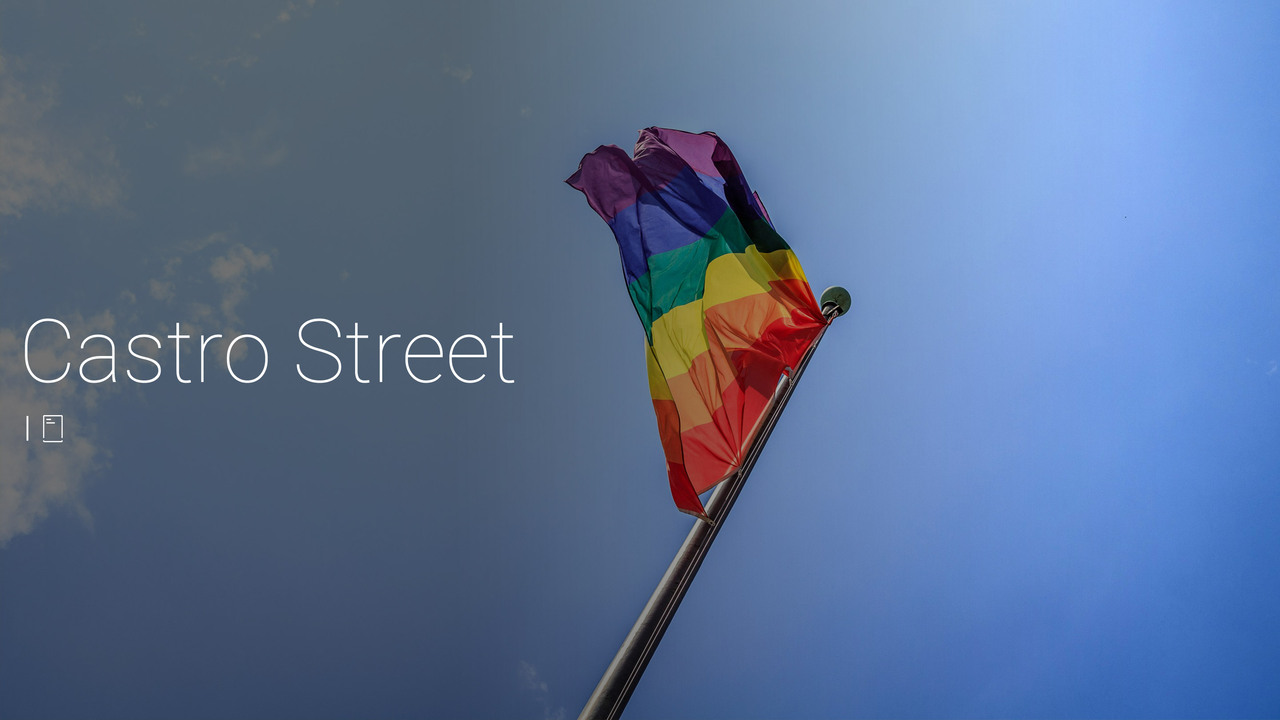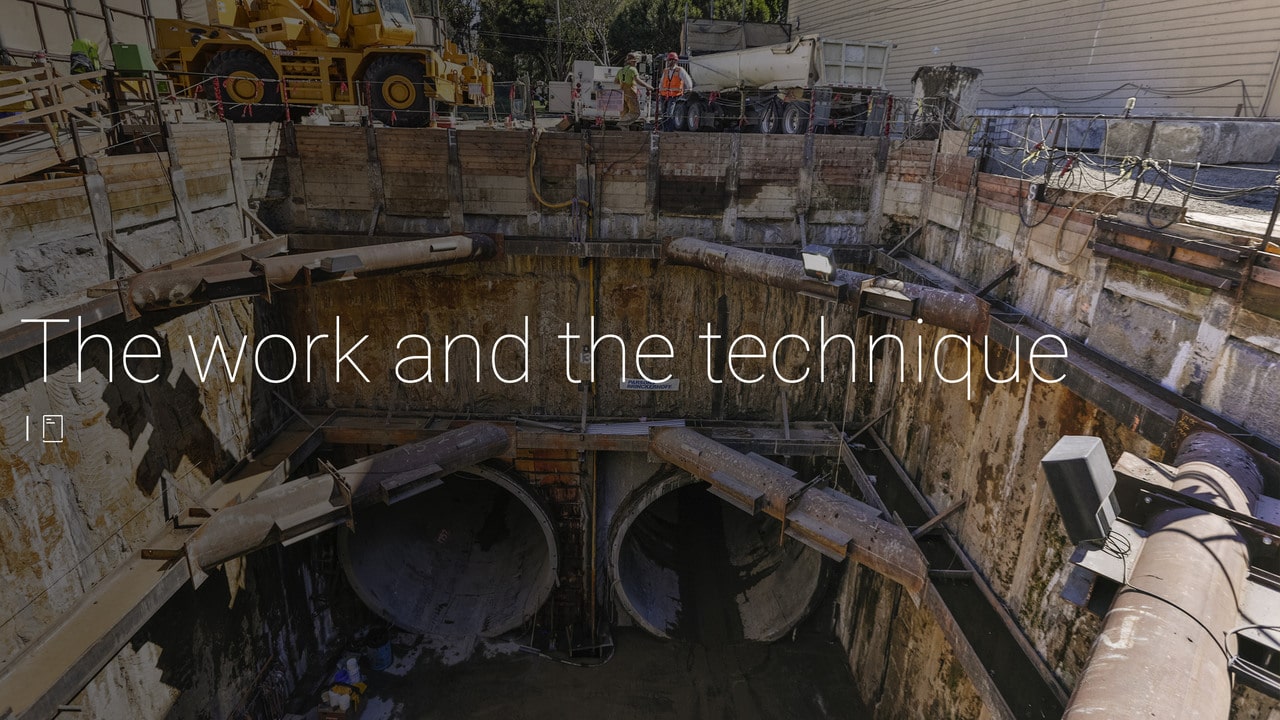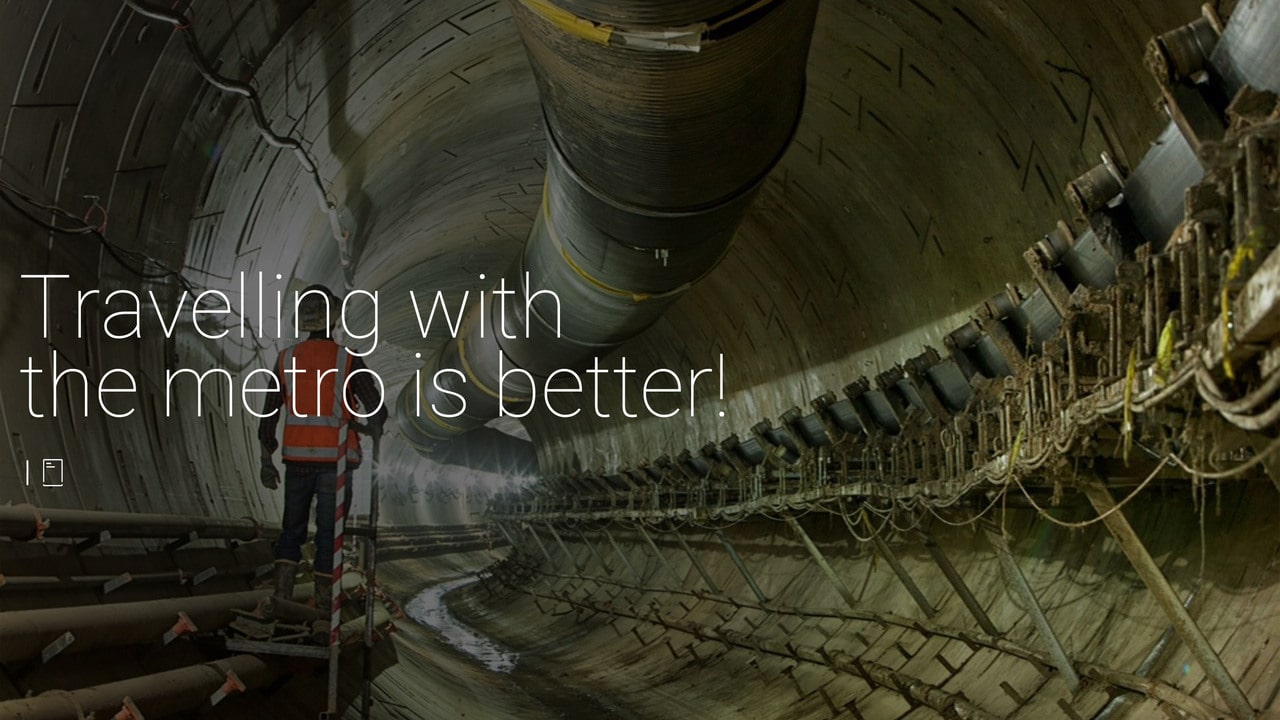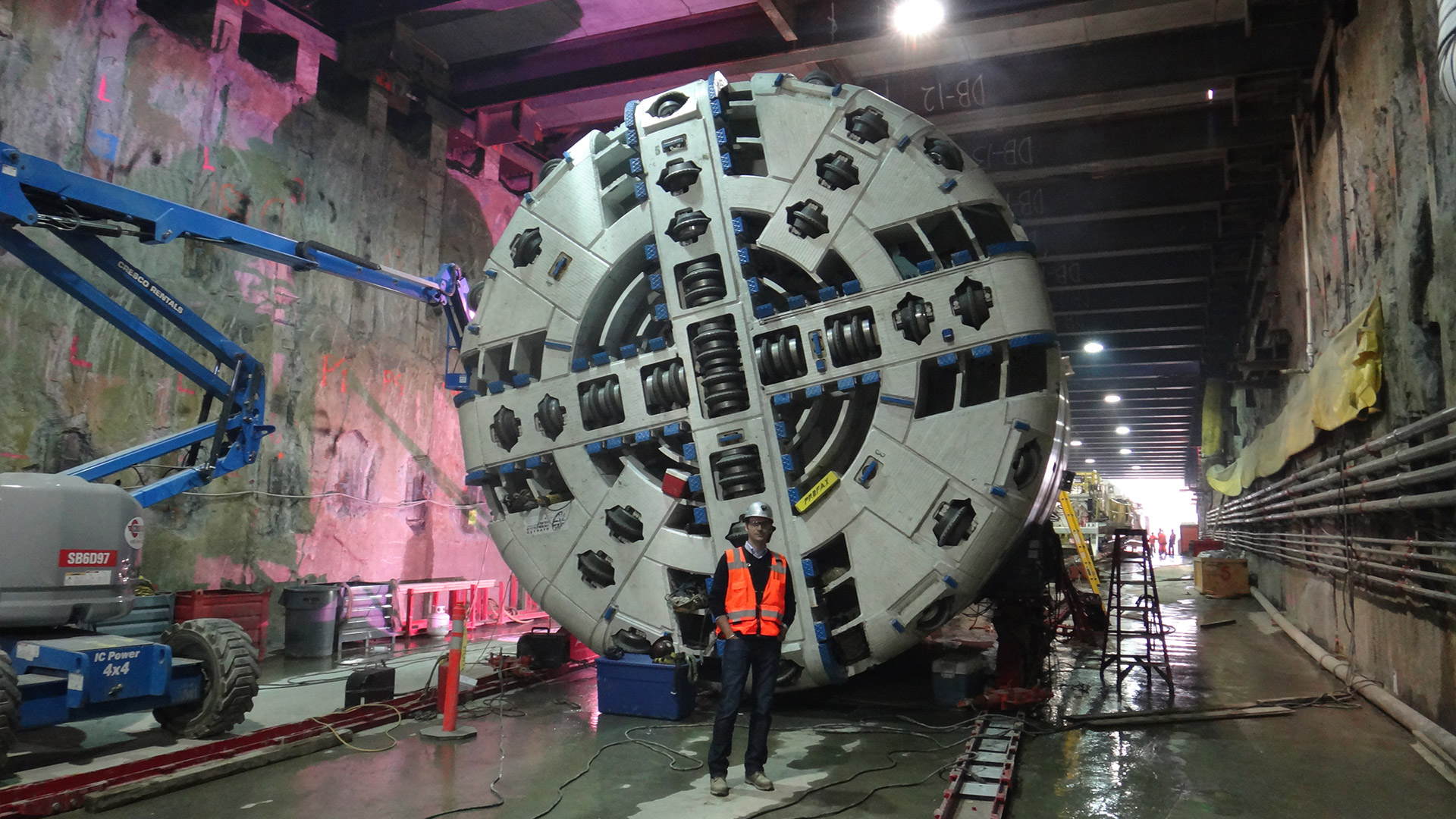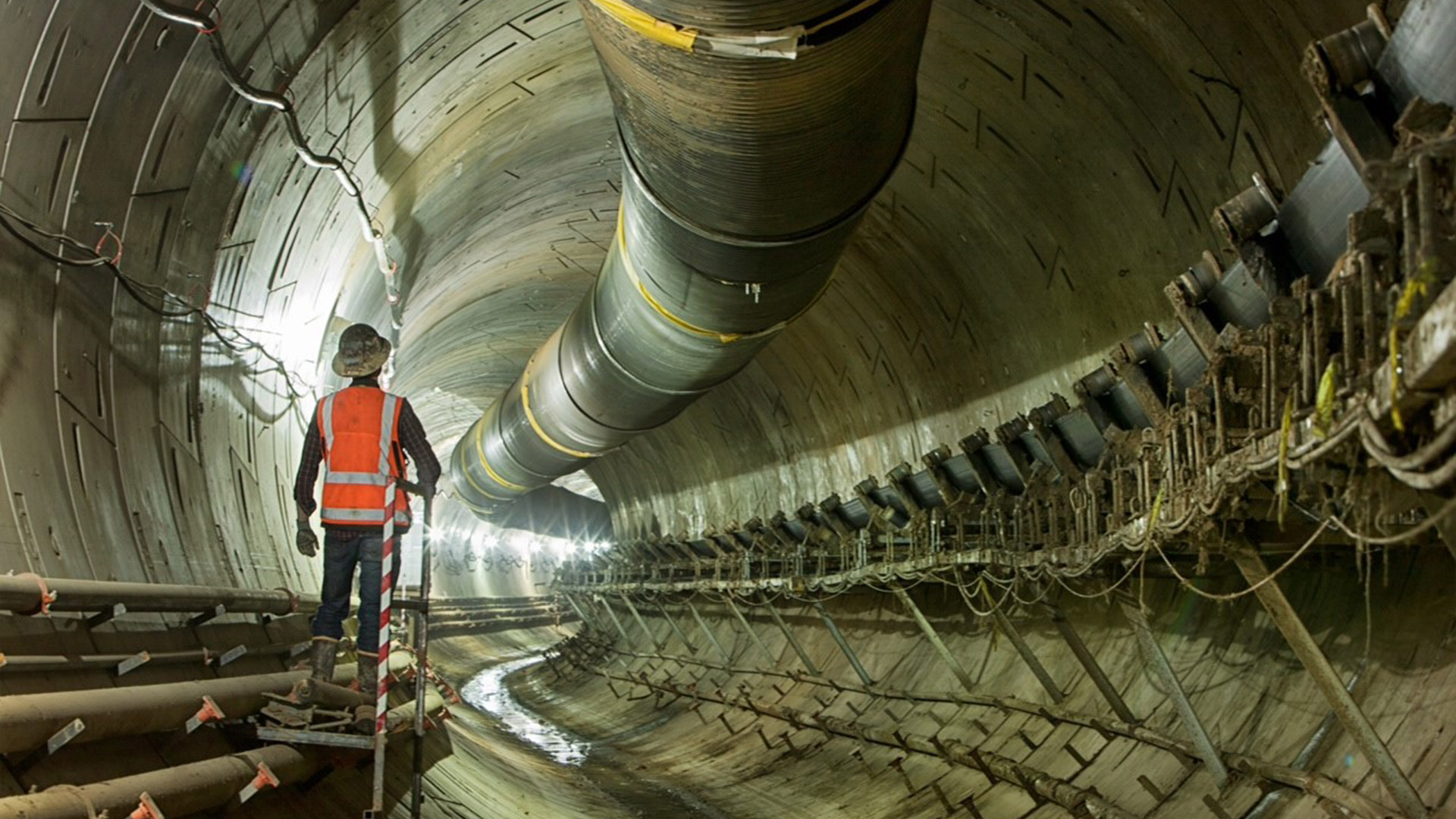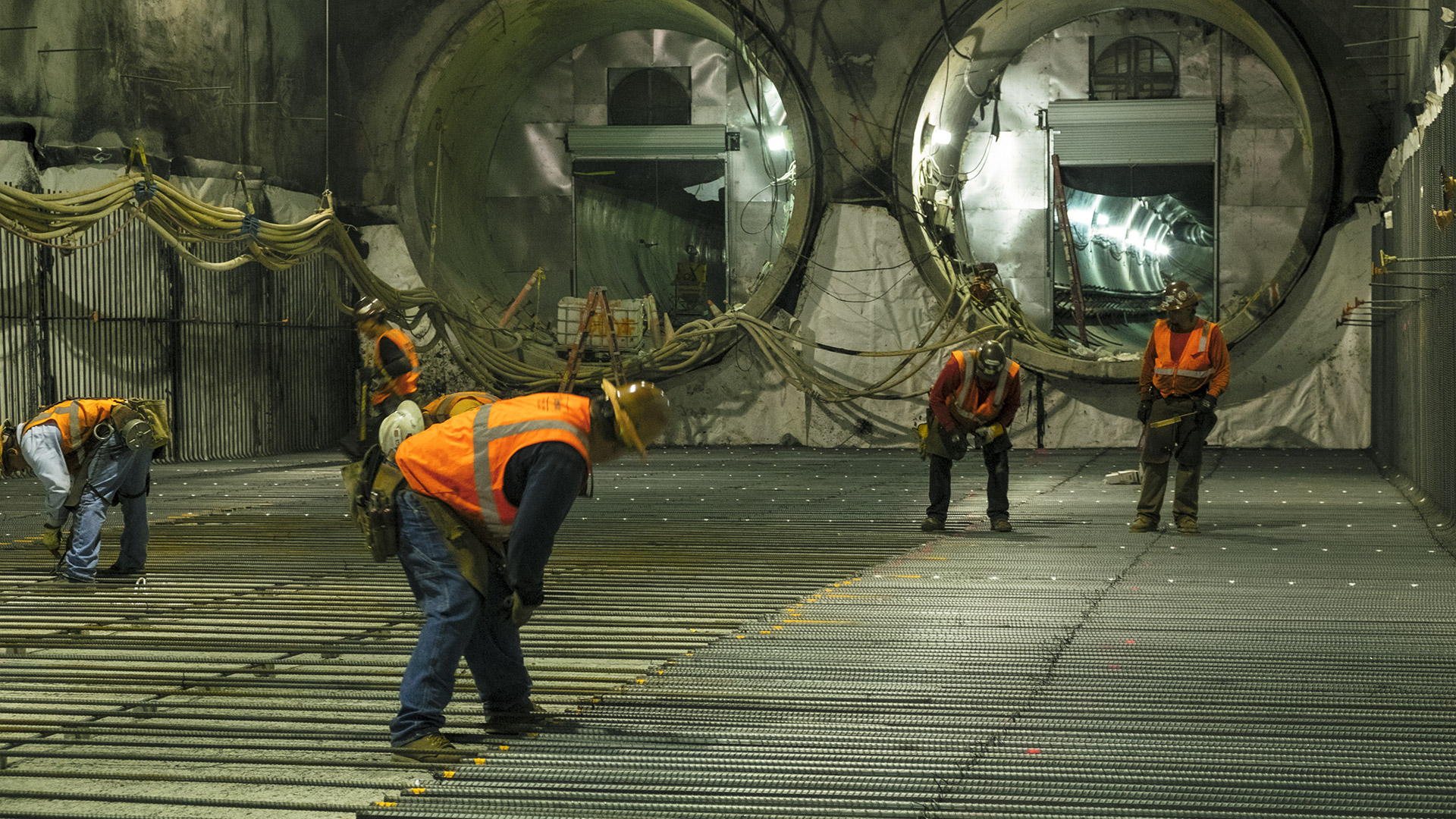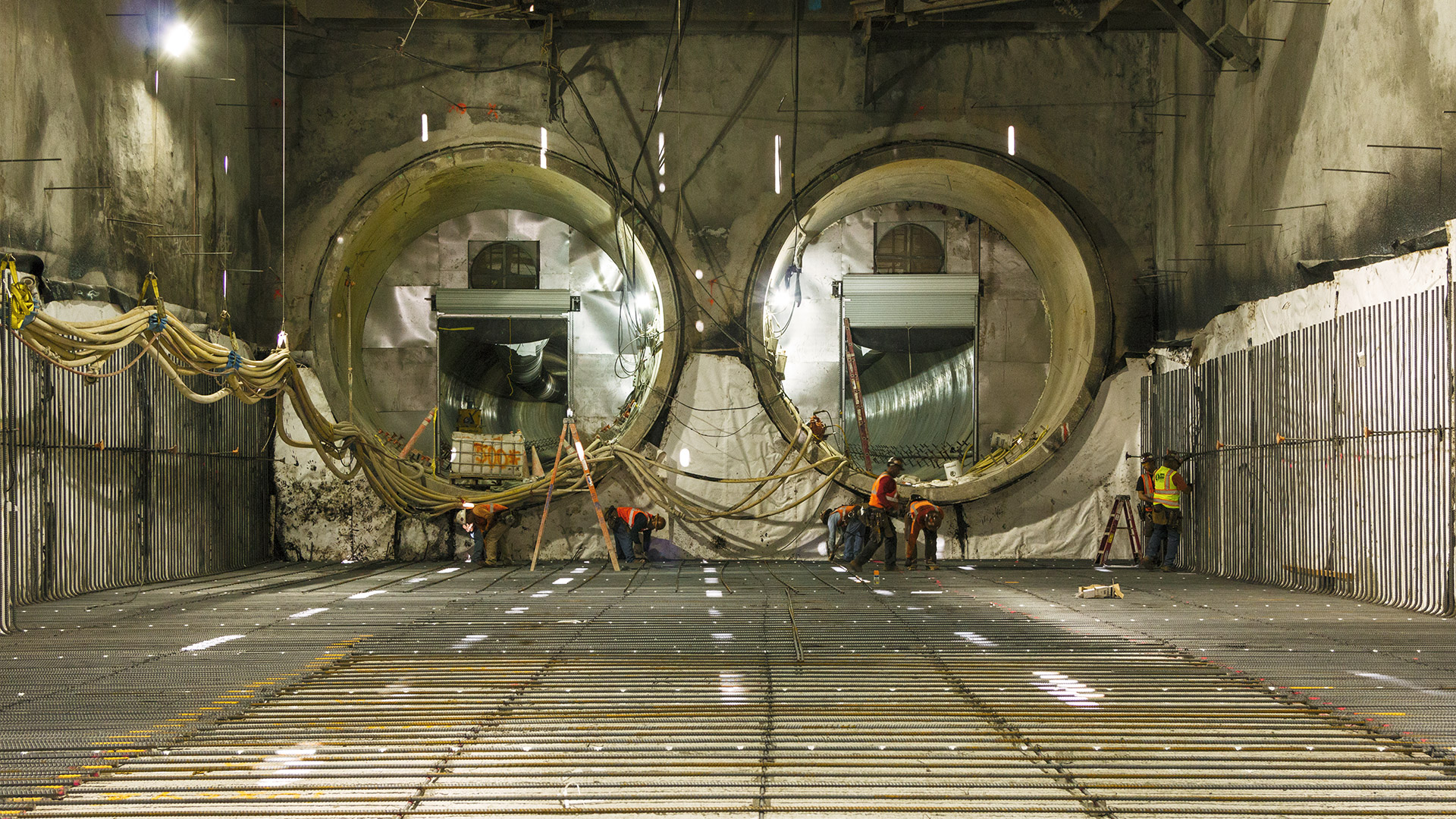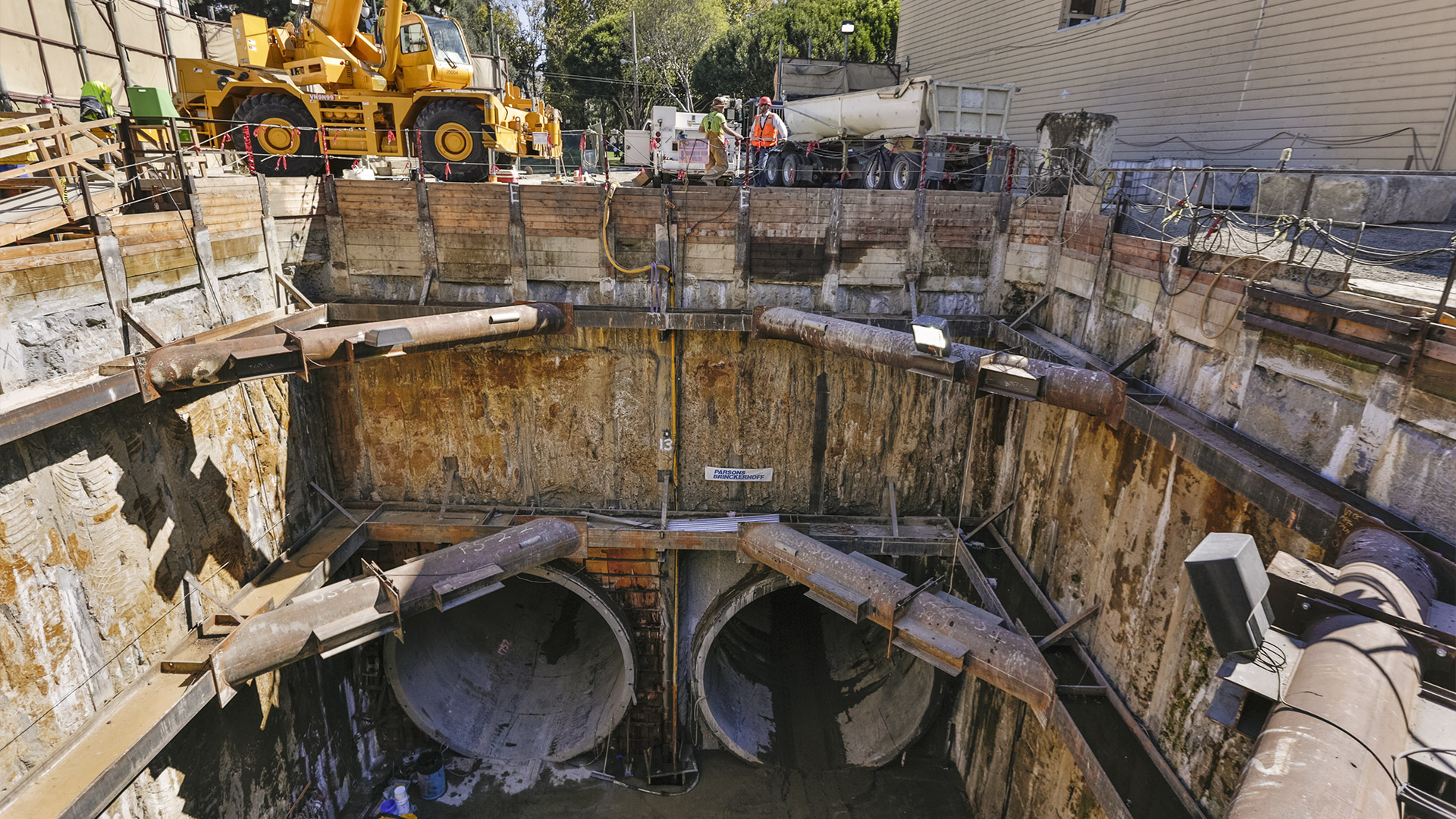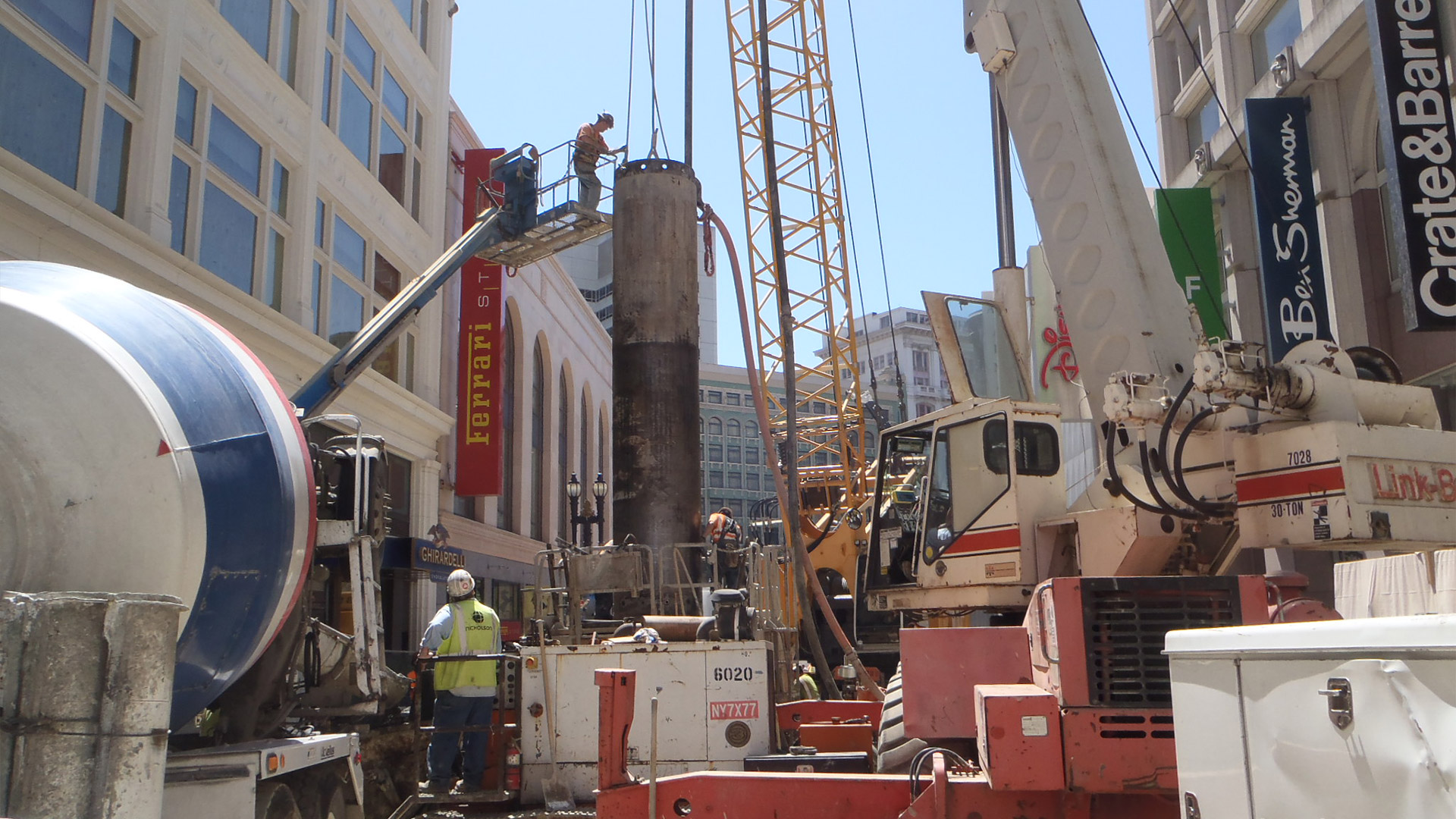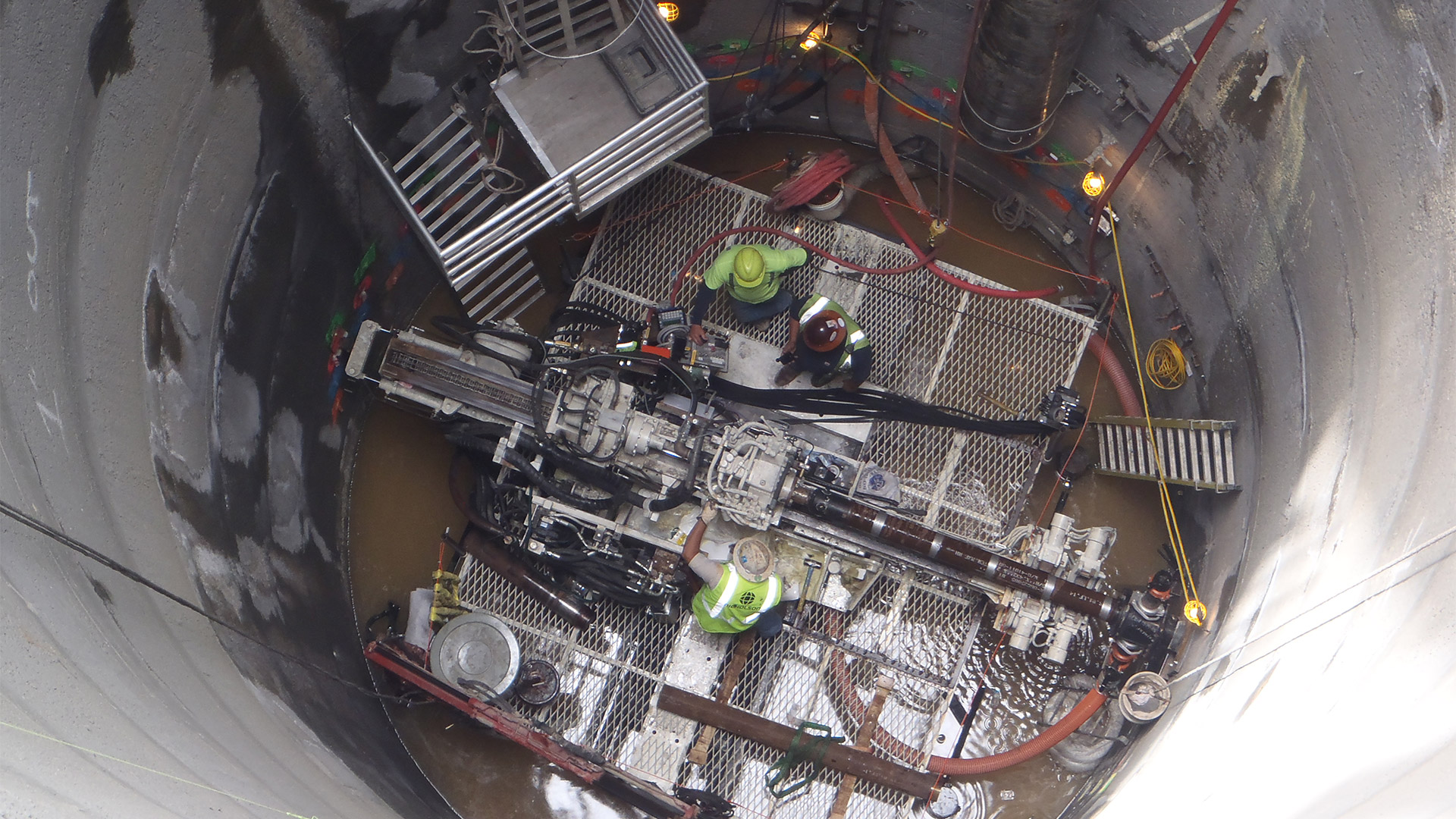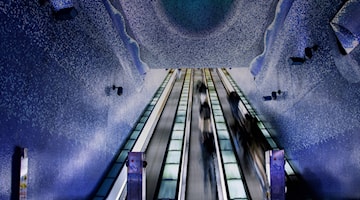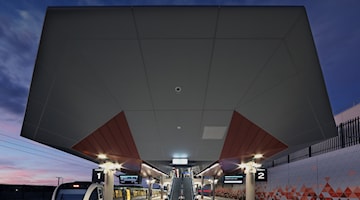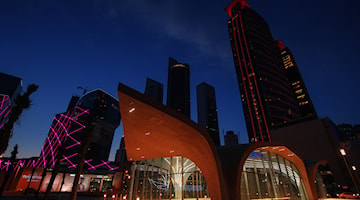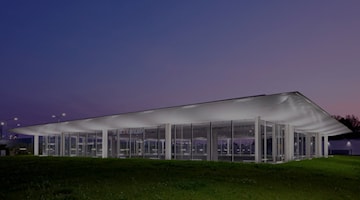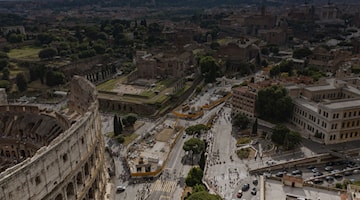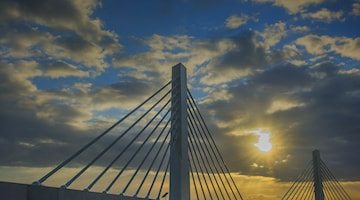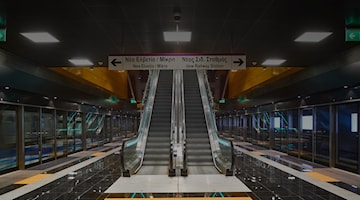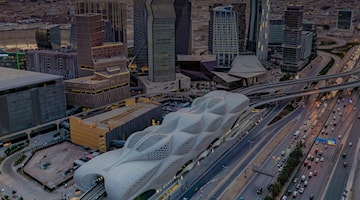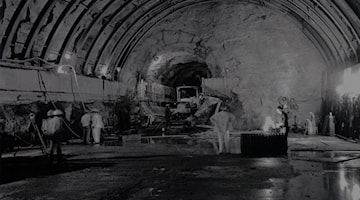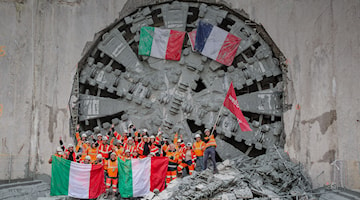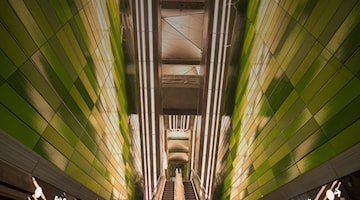Construction sites, dialogue and transparency
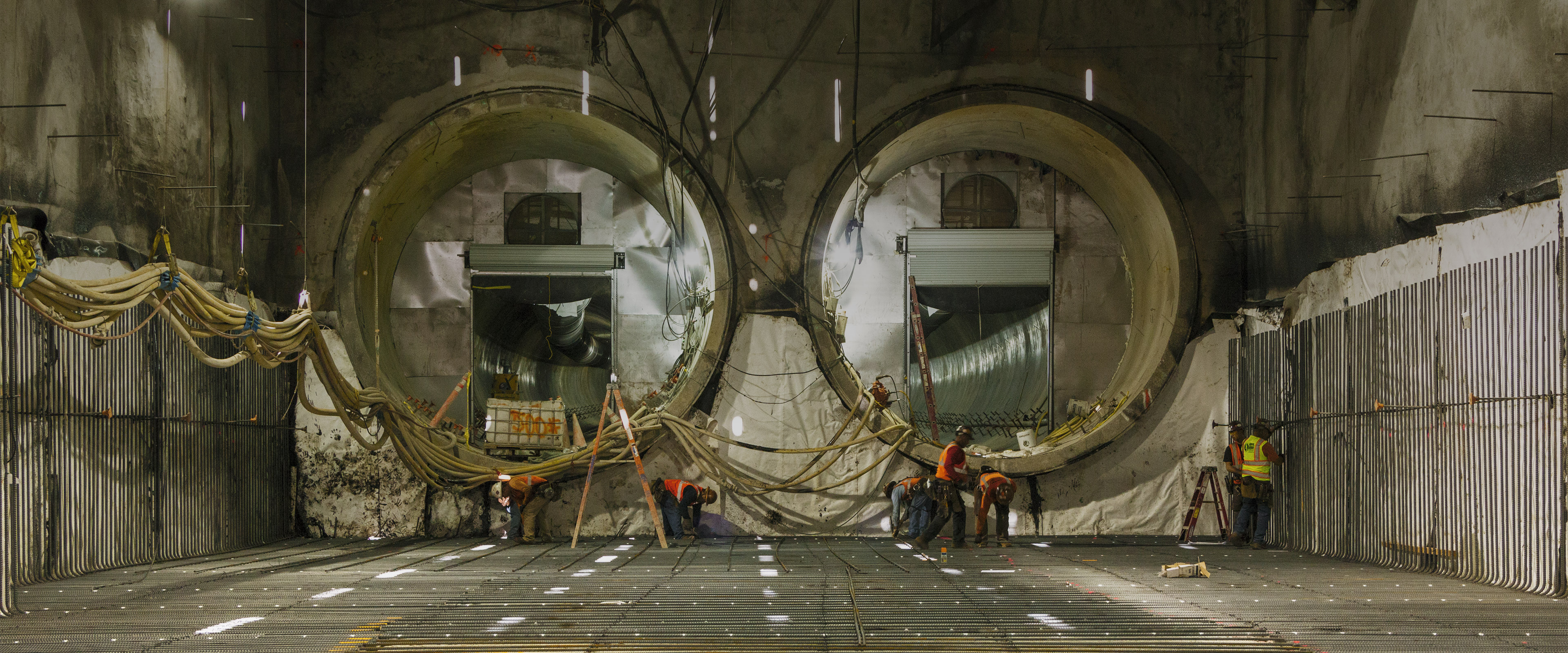
SAN FRANCISCO METRO LINE, CENTRAL SUBWAY PROJECT
Over 50 hills looking onto the straight crossed by the famous Golden State Bridge, where the cold currents of the Pacific Ocean meet the lukewarm waters of the bay; the most photographed sealion colony of Fisherman's Wharf; the original coexistence of modern skyscrapers and Victorian houses; the world's most famous prison, Alcatraz, whose cells saw "guests" like Al Capone, George "Machine Gun" and Alvin "Creepy Karpis" Karpowicz; America's oldest Chinatown. These are just some of the most requested attractions of San Francisco, California's tech, economic and cultural hub, a symbolic city already during the Gold Rush, when 23 very efficient cable cars at that time were used to move in the city, some of which are still working today and boarded by many tourists. Today, people can use the Muni Metro system, the sixth light rail of America per passenger number (24.324.600 in 2023). Inaugurated officially in 1980, it has an overall 59.2 km of lines and 120 stations.
The T Third Stree Line (2007) is among the most significant extensions of this light rail. The line is in fact the first to be separated from the road. And also, the Central Subway, a modern underground extension along the North-South route, which connects the railway depot to Caltrain in Chinatown, with 4 new stations across the city centre. The Central Subway project began in 2012 and works lasted three years as expected. The project was constructed by a consortium that included Webuild, and works carried on without ever interrupting the public service. It won the Award of Merit 2015 and the Transportation Project of the Year award 2015. Citizens were able to follow the updated work progress on a dedicated blog. Moreover, the entire construction operation of the new line was conducted by all actors, always transparently and with a constant dialogue with neighbourhood committees with the aim of reducing, as much as possible, any issue experienced by residents of the area.
The Central Subway is the main backbone of the local transport system, with an expected 65,000 daily passengers by 2030 (Muni forecast). Once on the train, the latter passes through two one-track tunnels and then come up to surface. But, from June to September, once back at ground level, what you will see, will actually not just be the city, but instead the soft, clear and voluminous summer fog generated by the hot air of the hinterland, and the cold waters of the Pacific. It is very famous and has even a name, Karl the Fog, and also an Instagram profile. It is among the most searched for subjects relating to the photographs of San Francisco. It moves very quickly, almost like the city’s right rail.
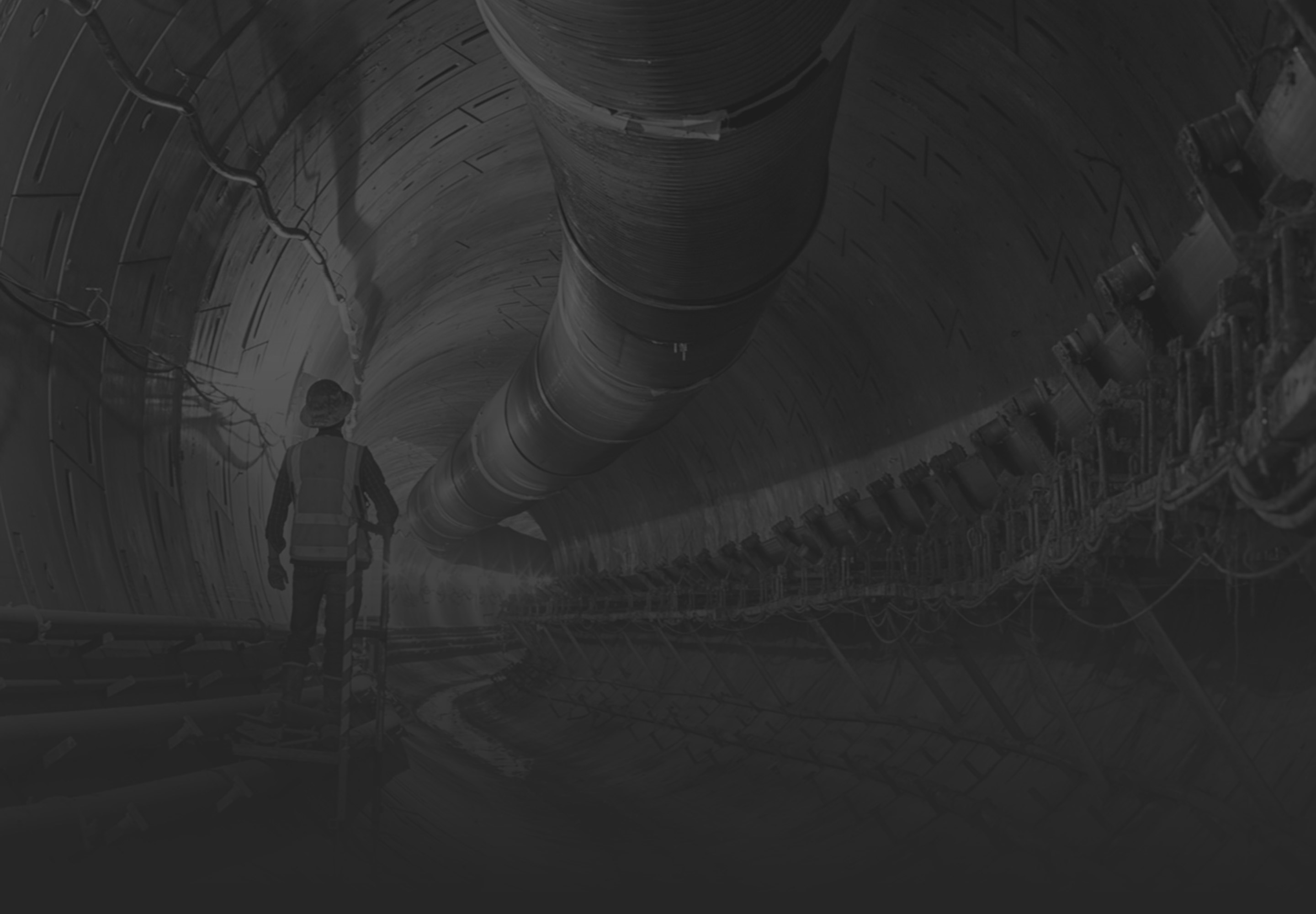
THE WORK AND THE TECHNIQUE
M3 TUNNEL EXCAVATION
M3 UNDERGROUND EXCAVATION
M3 GUNITE
City and County of San Francisco Municipal Transportation Agency
Consortium that included Impregilo and subsidiary S.A. Healy, both now part of Webuild, with the participation of Barnard C.C.I.
Works to build the Central Subway included building two parallel tunnels for trains, measuring approximately 2.6 km each and also 4 stations along a 2.7-km-route.
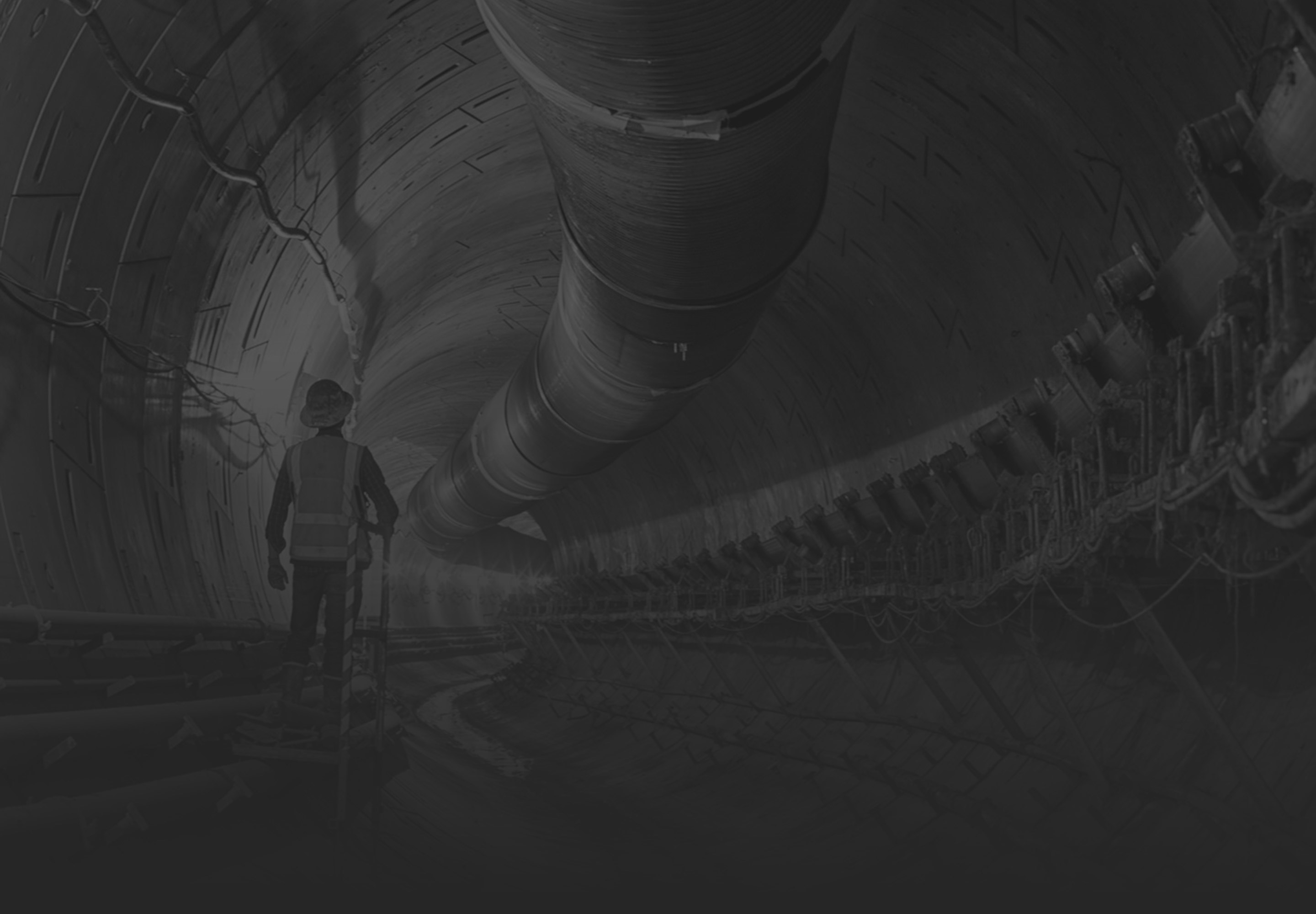
CULTURAL INSIGHTS

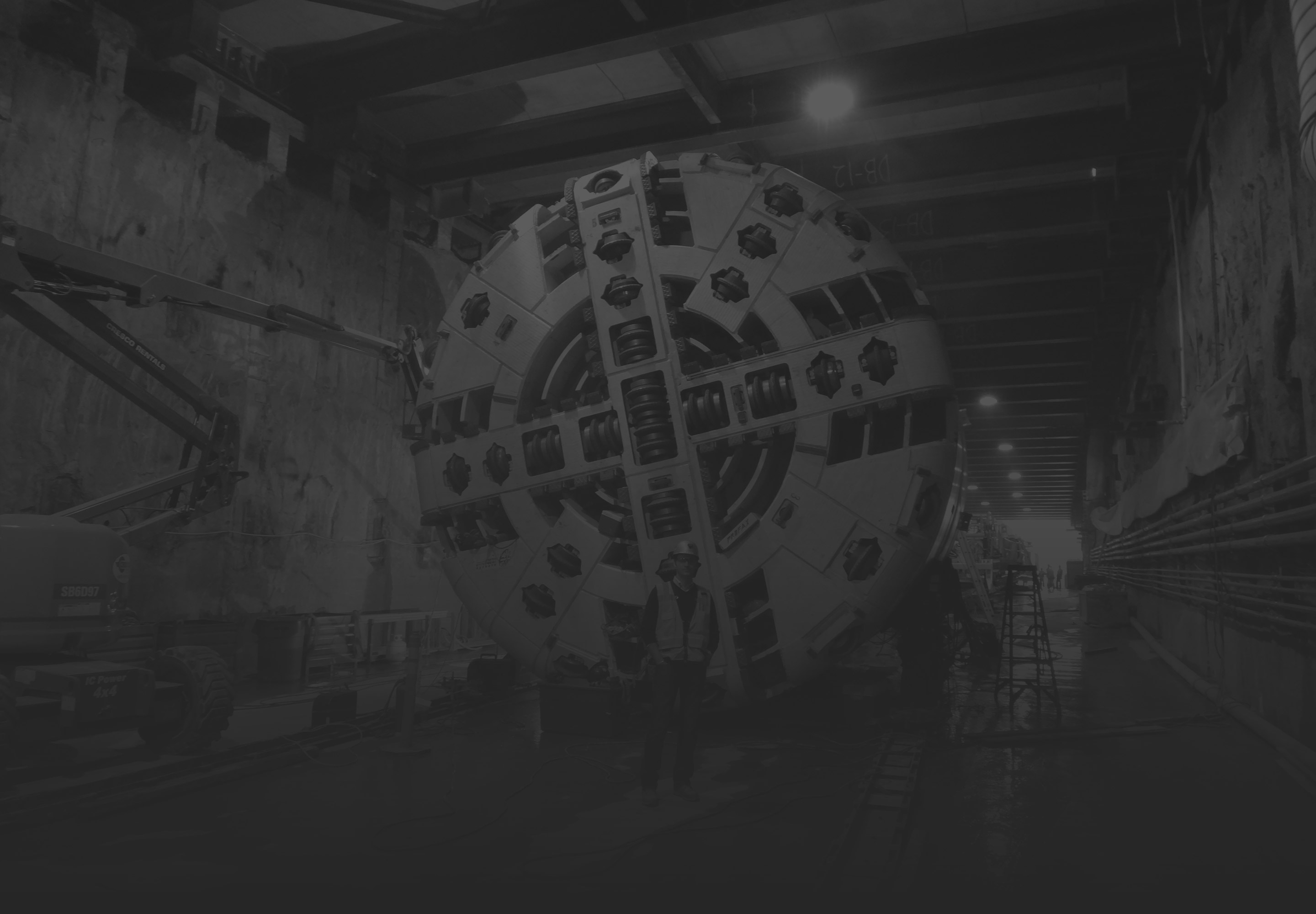
Travelling with the metro is better!
In 2024, the average daily ridership on the Third Street light rail line — of which the Central Subway is an extension — was approximately 18,000 passengers on weekdays and nearly 26,000 on weekends. These figures highlight the strong public preference for this mode of transportation in the city’s central area. Notably, the area served by the Central Subway was home to about 15% of San Francisco’s population in 2020 (around 132,000 residents). This is particularly relevant considering that San Francisco has the lowest rate of vehicle ownership per household among California cities, with only 70.1% of households owning a car.
Building the Central Subway project foresaw in the contract for assigning numerous compensatory interventions aimed at mitigating the social impact: from hiring personnel living locally and awarding 6% of the subcontracts to companies located in the neighbourhood, which would have been impacted more from the modifications made to the mobility and the closures forced by the construction sites with most impact.





